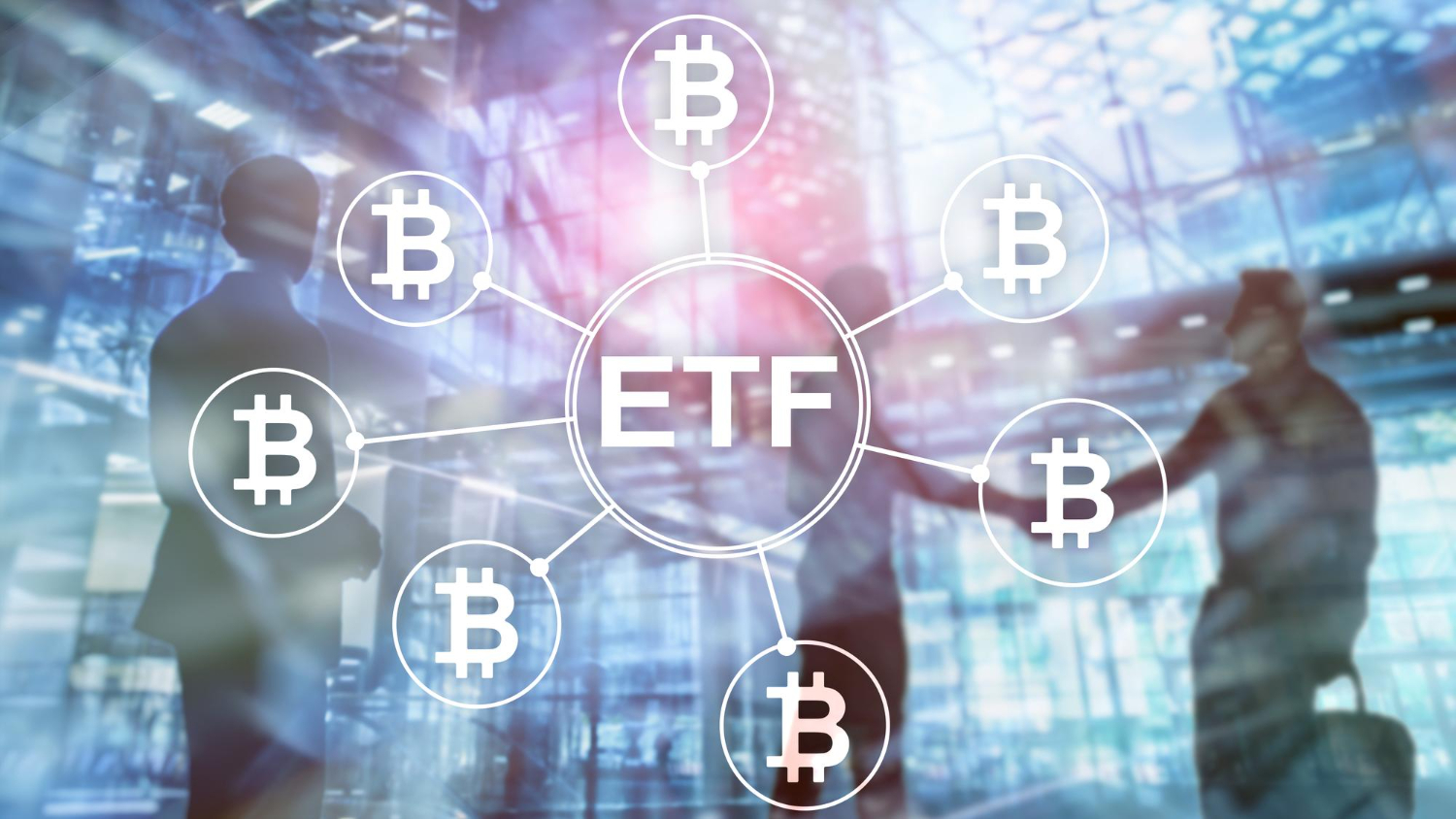

Fintech Glossary
11 Dec 2024
7 min read
What will you learn?
What do stablecoins offer?
The application and technological potential of stablecoins
Types of stablecoins
What are the advantages of stablecoins?
In the traditional world, financial operations usually occur through the intermediation of banks, especially when transferring money to international accounts. The process is often costly, time-consuming, and fraught with risk.
The client must:
Rely on the bank at every stage
Sometimes, explain the source of their funds
You can trust that the bank will carry out the transfer correctly, protect your data, and ensure that the money reaches the correct account.
Stablecoins offer an alternative to this traditional model
What are Stablecoins? Stablecoins are a type of digital currency designed to maintain a stable value. They differ from other cryptocurrencies, such as Bitcoin, which are much more volatile and susceptible to price fluctuations.
Stablecoins are created to link their value to a specific asset, such as traditional currency, commodities, or real estate. For example, popular stablecoins like Tether have a 1:1 value ratio to the US dollar. This means that each stablecoin can be exchanged for one dollar.
Unlike traditional currencies, which central banks issue, stablecoins are created on the blockchain, a technology based on a distributed system of computers. This allows them to be stored and transferred using smartphones or computers without a traditional bank account.
A stablecoin can be linked to the price of other assets. It does not necessarily have to be a fiat currency (also called fiat currency, which is not directly backed by gold and silver or other tangible goods). Equally, a stablecoin can reflect and be linked to the price of one ounce of gold, silver, etc.
Coverage of the amount of stablecoins issued and released into the market. The coverage can be in a different currency than the stablecoin itself. The ideal scenario is one in which, for example, a stablecoin is created that reflects the price of gold, and there is as much of it on the market as the issuer has gold in the vault. However, there's nothing to prevent half of the issued stablecoins from being covered in gold and the other half in dollars, for example.
Types of stablecoins:
Centralized stablecoins
We can compare centralized stablecoins to standard fiat currency—for example, the dollar. A central bank issues and regulates dollars, giving them price stability and guaranteeing a certain supply. Similarly, centralized stablecoins are issued and managed by a single, central entity, such as a company or bank. An example would be Tether (USDT), which is tied to the US dollar.
Decentralized stablecoins
Unlike centralized stablecoins, their decentralized counterparts do not rely on a single institution as a source of their stability. Instead, they use various mechanisms on the blockchain to maintain their value. A good comparison is the stock market, where market forces, not central institutions, shape the price of shares.
Crypto-collateralized stablecoins
These stablecoins operate on a similar principle to a secured loan, i.e., when you borrow money secured against, for example, a house. In the case of these stablecoins, another cryptocurrency acts as the collateral. Therefore, the value of such a stablecoin is linked to the value of the cryptocurrency securing it.
Can Stablecoins Exist Outside the World of Cryptocurrencies?
Although stablecoins were initially developed as a form of cryptocurrency meant to replace traditional currencies, there is a possibility that they could function equally outside the cryptocurrency world in the future.
Stablecoins can be used in several scenarios beyond cryptocurrencies. They can be used by traditional financial institutions or within international trade transactions.
Traditional financial institutions, such as banks, might use stablecoin technology as an alternative to traditional payment solutions. Thanks to blockchain technology, stablecoins can provide fast, secure, and cheap transactions, which can be attractive for banks and their customers.
Stablecoins can also facilitate trade transactions between different countries. Their stable value helps minimize the risk associated with the volatility of traditional currencies. They can also serve as a form of payment that is easy to use and accepted worldwide.
The development of stablecoins beyond cryptocurrencies might encounter certain challenges and obstacles. Regulations, trust in blockchain technology, and adoption by financial institutions can influence the development of stablecoins beyond cryptocurrencies.
Application and technological potential
Below are some direct benefits for users utilizing this technology:
Fund transfers
Stablecoins enable instantaneous, inexpensive, and borderless currency transactions. Imagine a worker from Poland who works abroad and wants to transfer money to their family. Instead of using a traditional bank, which could take several days and cost many fees, they could use a stablecoin for an immediate, secure, and cheap transfer of funds.
A key element of the DeFi ecosystem
They are used as collateral in secured loan protocols, to generate interest through "yield farming" - a strategy for maximizing returns on cryptocurrency investments- and as a medium of exchange on decentralized exchanges (DEX).
Protection against price volatility
Stablecoins can be treated as a "haven" for cryptocurrency investors who want to protect their assets against price fluctuations.
This technology holds great potential. Through such solutions, our traditional finance and banking could change beyond recognition. Unfortunately, we may never see its full potential because a financial system that changes its foundations could drastically limit the number of banks as such.
Decentralized financial systems
Thanks to stablecoins, financial systems can become more decentralized, more resistant to attacks and failures, and more transparent.
Democratization of access to finance
Stablecoins can facilitate access to financial services for people and places lacking efficient banking services.
New opportunities for businesses
Stablecoins can enable businesses and governments to create new types of products and services. Independence from financial systems – enabling transfers bypassing intermediaries such as banks. Users of this technology are personally responsible for their funds.
Summary
Stablecoins are relatively new in the world of finance. They are often closely linked with blockchain technology, making this currency more transparent and trustworthy. Blockchain technology can elevate traditional finance to a higher level, but it also poses a significant threat to traditional banking. However, it is merely a tool, and it depends on us how it will be used and for what purpose.
SERVICES YOU MAY BE INTERESTED IN
Other Posts Related to Fintech Glossary
Learn how we have managed to aid business initiatives around software products

Who Is a Transfer Agent?
The ultimate “middleman” in the world of finances.

Custodian: What does it mean, and who is it?
A custodian is a person or institution whose role is to protect and care for something.

Pros and Cons of ETFs
Imagine someone who wants to invest in the stock market but cannot individually invest in each company's stocks for various reasons—lack of time, knowledge, or resources. This is where ETFs come into play, offering investors a "basket" of diverse assets that can easily be bought and sold, like a single stock.

Asset Classes in Asset Management
An asset class is a group of similar securities that share the same laws and risks and behave similarly.
We know how valuable is your time.
We guarantee that we will not waste it
Let’s talk about your project - we will convince you that we have right people, skills and experience.
